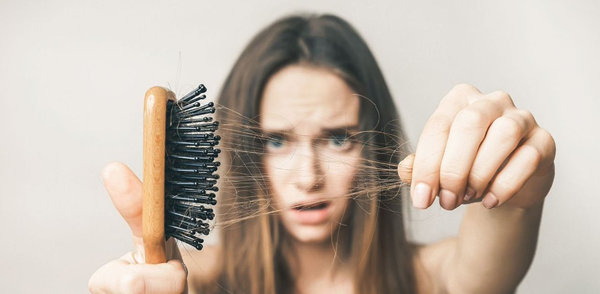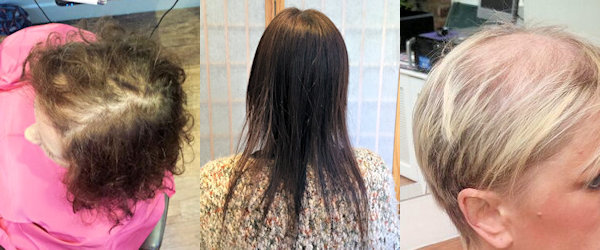Up to 40 percent of all hair loss sufferers are women. With hundreds of conditions to contend with, losing your hair can be a daunting and terrifying experience. Famous actors and celebrities like Dwayne ‘The Rock’ Johnson and Vin Diesel make hair loss look fashionable. Whilst women, on the other hand, tend not to opt to totally shave their head, even when they’re suffering with a hair loss condition like Female Pattern Hair Loss. Often leaving them with widening partings, limp hair and suffering self-confidence.
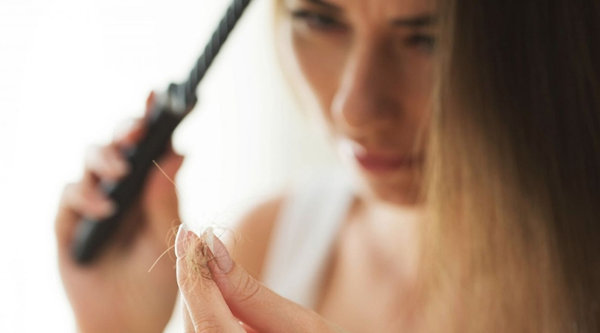
What Is Female Pattern Hair Loss?
Female Pattern Hair Loss (FPHL) or, as it’s more widely known, Androgenetic Alopecia is the most common form of women’s hair loss globally, with over 8 million people in the UK suffering with it in some form. It can start as early as puberty, but occurs most commonly after the menopause. FPHL is a genetic condition and is inherited from one or sometimes both parents, and can be triggered by hormones at any time after puberty. The hair starts to thin around the front, top and crown areas of the scalp and can vary in intensity, leaving some people with areas of thinner hair.
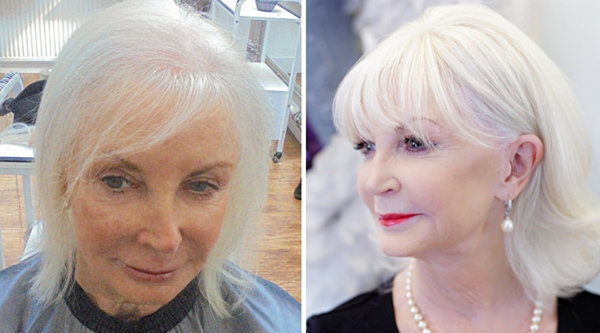
How Female Pattern Hair Loss Is Triggered
The first signs of FPHL are often the widening in the parting or the noticeable feeling that your hair isn’t as thick or as full as usual. Female Pattern Hair Loss increases with age, with fewer than 50 percent of women having a full head of hair their entire life. There are various triggers for FPHL, the most common being genetics. The gene is usually passed down from parents and family members, but can lay dormant for years before becoming active. Medication, stress, illness and other forms of Alopecia can also be triggers of the condition.
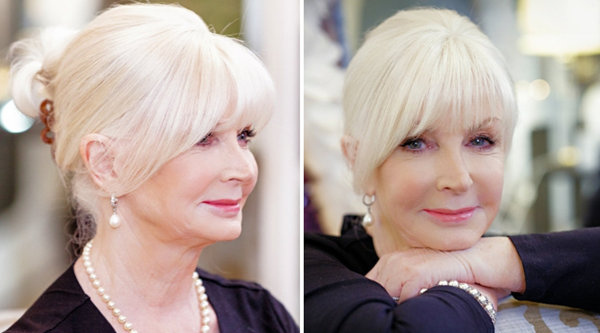
How To Deal With Female Pattern Hair Loss
There are plenty of options to try which will enable you to live a happy life, with healthy hair. We can treat hair loss from the early stages, as well as the more severe cases. Our range of safe and easy-to-wear hair systems allow you to live life comfortably with the hair you’ve always dreamt of. Medi-Connections are perfect for minimal cases, with the Intralace System being the choice for more severe cases.
We understand that living with a hair loss condition is no easy task and something no one should have to contend with. But there are some simple ways you can make the whole process a little easier. The first step is remembering your family and friends are there for you – don’t suffer in silence. Many people try and hide their condition from the people they love. because often they think it’s a burden, but the more you talk about it, the easier it will be to handle. There are thousands of groups and sites you can visit where you can talk to like-minded people, who are going through similar situations to yourself.
If it’s not yourself but someone you know who is going through a tough hair time, make sure you’re there if they need you. Pop in to see if they’re okay, message them with words of support, or come along with them to one of our studios. We’re sure they will appreciate it.

How Lucinda Ellery Can Help You
Our aim is to make sure our clients leave our studios feeling a million dollars. Our friendly teams and welcoming studios are on hand to give the very best treatment for your condition, all in complete confidentiality. Your experience will start with a FREE consultation that allows you to talk about your condition, and allows us to assess the situation and work out the best treatment for you. We often opt for the Intralace System or Medi-Connections for Female Pattern Hair Loss cases.
If you’re still unsure about anything we have mentioned or have more questions about Female Pattern Hair Loss, don’t hesitate to drop us a message over on our Facebook page. And don’t forget, you’re never alone!
The Lucinda Ellery Team x

